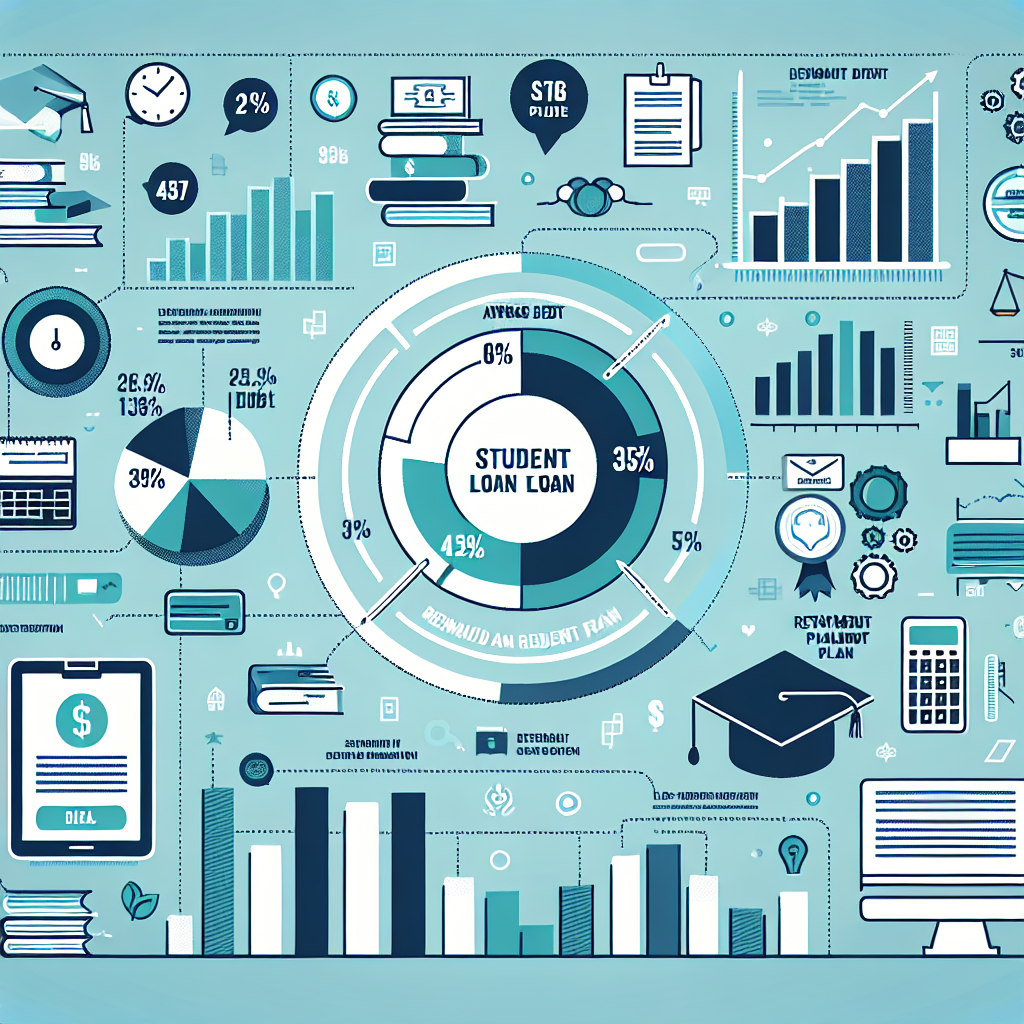
Student loan info
The Comprehensive Guide to Understanding Student Loans
As college tuition continues to rise, many students find themselves considering the complexities of financing their education through loans. With numerous options available, understanding the ins and outs of student loans is essential. In this article, we will cover the different types of student loans, the application process, tips for managing debt, and resources for finding reliable student loan info.
Types of Student Loans
Before diving into the application process, it's crucial to understand the various types of student loans available. They can be categorized into federal student loans and private student loans.
- Federal Student Loans: These loans are backed by the U.S. government and typically have lower interest rates and more flexible repayment terms. They include:
- Direct Subsidized Loans: Available to undergraduate students with demonstrated financial need. The government pays interest while students are in school.
- Direct Unsubsidized Loans: Available to undergraduate and graduate students. Interest accrues while the student is in school.
- Direct PLUS Loans: Designed for parents of dependent undergraduate students and graduate students. These loans typically require a credit check.
- Direct Consolidation Loans: Allows students to combine multiple federal student loans into a single loan with one monthly payment.
- Private Student Loans: Offered by banks, credit unions, and other private lenders. These loans might have higher interest rates and less flexible repayment options. They often require a credit check and a co-signer.
The Application Process
Applying for student loans can seem daunting, but breaking it down into manageable steps can simplify the process. Generally, the application process for federal student loans involves the following steps:
- Complete the FAFSA: The Free Application for Federal Student Aid (FAFSA) determines eligibility for federal student aid. Ensure to complete it by the deadline.
- Review Your Student Aid Report: After submitting the FAFSA, you will receive a Student Aid Report (SAR) summarizing your financial information and expected family contribution (EFC).
- Receive Your Financial Aid Package: Schools will send a financial aid package that includes information about the types and amounts of aid (including loans) you can receive.
- Accept or Decline Loans: Review the loan offers and decide which loans you want to accept. Remember, you don’t have to accept the entire amount offered.
- Complete Entrance Counseling and Sign the Master Promissory Note: These steps are required to finalize your federal student loans.
Understanding Loan Terms and Conditions
It's essential to understand the terms and conditions associated with your student loans. Here are some key components to consider:
- Interest Rates: Interest rates can significantly impact the total amount you’ll repay. Federal student loans offer fixed interest rates, while private loans may have variable rates.
- Loan Repayment Plans: Federal loans offer various repayment plans, including income-driven repayment options. Research these to find the best fit for your situation.
- Grace Period: Most federal student loans come with a six-month grace period after graduation, during which you do not have to make payments.
- Loan Forgiveness: Some federal student loans offer forgiveness options for borrowers who work in public service or meet certain conditions over time.
Managing Student Loan Debt
Once you're borrowing for school, it’s vital to have a plan to manage your debt wisely. Here are some tips for maintaining your financial well-being:
- Create a Budget: Establish a monthly budget to track your income and expenses. This will help you manage your expenses effectively and set aside money for loan repayment.
- Start Payments Early: If possible, consider making interest payments while you’re still in school. This can significantly reduce the overall amount of interest you’ll pay in the long run.
- Explore Loan Repayment Assistance Programs: Some employers and organizations offer student loan repayment assistance as a benefit. Research these programs as a potential way to ease your debt burden.
Resources for Student Loan Information
Finding credible resources for student loan info is crucial for making informed decisions. Here are some reliable sources:
- Federal Student Aid: The official website for federal student loans (studentaid.gov) is an excellent resource for information regarding eligibility, loan types, and repayment options.
- College Financial Aid Offices: Most colleges have financial aid offices that can provide personalized guidance and assistance with student loan questions.
- Nonprofit Organizations: Organizations such as the National Endowment for Financial Education (NEFE) offer tools and resources for understanding student loans.
Common Myths About Student Loans
Understanding the truth behind common misconceptions about student loans is essential for making sound financial decisions. Here are a few myths debunked:
- Myth 1: All student loans are the same. Reality: There are significant differences between federal and private loans, including interest rates, repayment terms, and eligibility for forgiveness.
- Myth 2: You can never escape student loan debt. Reality: There are various repayment options and forgiveness programs available to help you manage and alleviate your debt.
- Myth 3: You can only borrow what your school believes you need. Reality: While schools might offer financial aid packages, you have the option to accept or decline loans based on your financial situation.
Conclusion
Navigating the world of student loans can be complex, but with the right information and tools, students can make informed choices that best suit their financial situations. Understanding the different types of loans, the application process, managing debt, and finding credible student loan info can empower students on their journey to financing their education. By taking a proactive approach, students can cultivate financial literacy, ultimately leading to a successful and responsible management of their student loans.
```By Guest, Published on July 26th, 2024